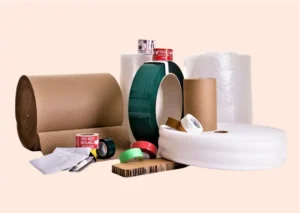Table of Contents
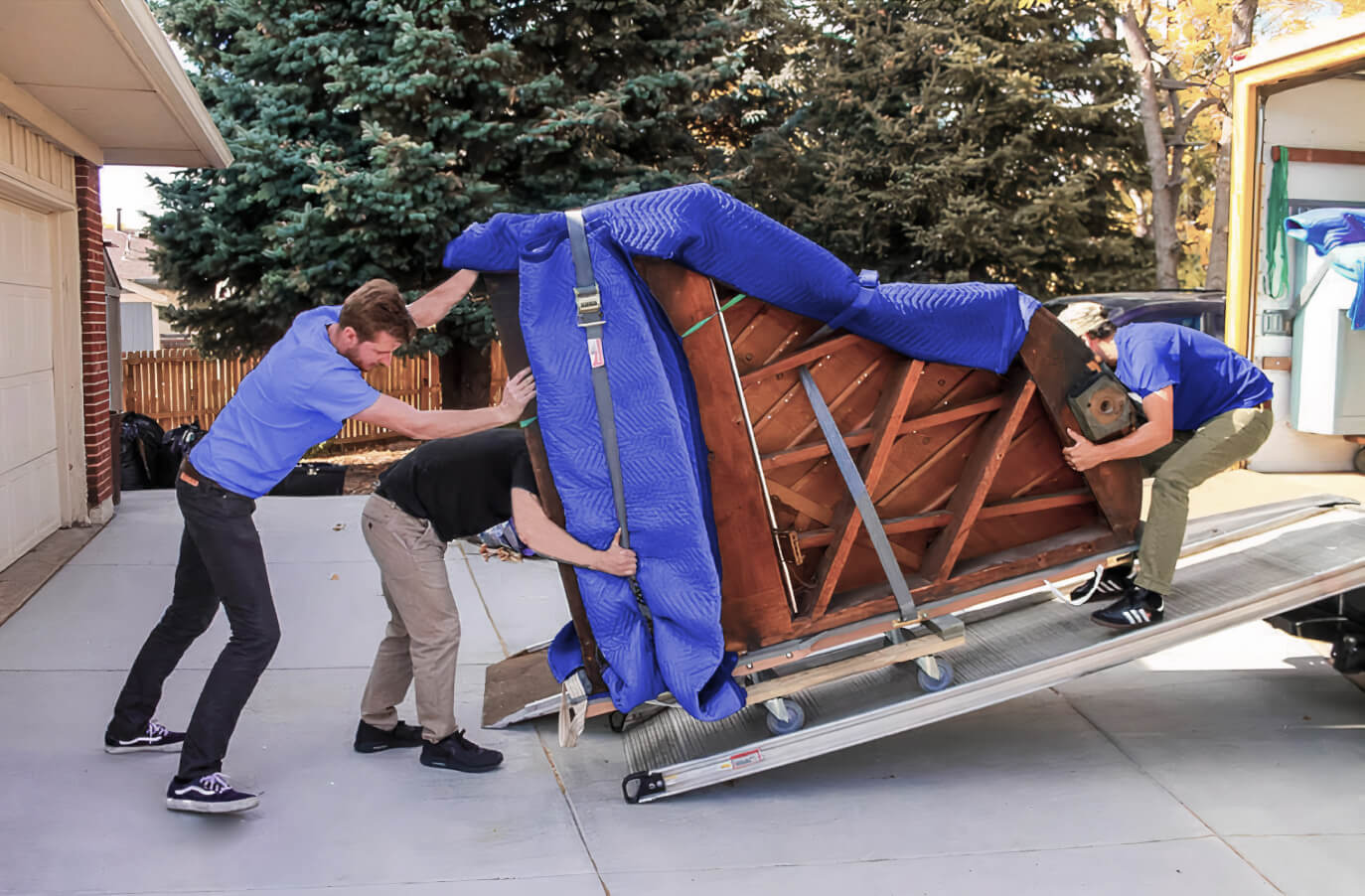
Article-at-a-Glance
-
Moving a piano requires careful planning and specific techniques to prevent damage.
-
Essential moving supplies include padding, dollies, and straps to secure the piano.
-
Professional movers are recommended for their expertise in safely transporting pianos.
-
Proper lifting methods and navigation through obstacles are crucial during the move.
-
After the move, the piano should be acclimated to its new environment before tuning.
Why Moving Your Piano Requires Special Attention
Moving a piano isn’t like shifting a piece of furniture. It’s a delicate dance that needs the right moves to prevent a misstep. That’s because your piano isn’t just heavy; it’s a finely tuned instrument with thousands of moving parts, all perfectly poised to create music. Move it the wrong way, and you could be hitting all the wrong notes.
Understanding the Complexity of Pianos
Imagine a world of tiny hammers and strings, all working together in harmony. That’s the inside of your piano. It’s a complex and sensitive mechanism that doesn’t take kindly to bumps and scrapes. So when it’s time to move, you need more than just muscle. You need precision and care.
The Risks of Improper Handling
Let me paint you a picture: a piano tumbling down the stairs or a leg snapping off as it’s dragged through a doorway. These aren’t just nightmares; they’re real risks if a piano isn’t moved correctly. And it’s not just about the instrument – improper lifting can lead to back injuries, too. Therefore, knowing the right way to move a piano is crucial.
Before the Lift: Pre-Move Preparation
Before you even think about lifting that piano, you’ve got to be ready. This means having all your ducks in a row – or in this case, all your moving supplies. Trust me, a little prep work goes a long way in avoiding a cacophony of problems.
Gathering Essential Moving Supplies
Here’s your checklist:
-
Thick padding or moving blankets to protect the piano’s finish.
-
Heavy-duty straps to secure the piano during transport.
-
A furniture dolly strong enough to bear the piano’s weight.
-
Tools for disassembly (if needed).
Remember, a grand piano and an upright piano will have different needs. Grand pianos usually require disassembly of the legs and pedal lyre, while upright pianos are more about protecting the keys and pedals.
Example: If you’re moving an upright piano, you’ll want to lock down the keyboard lid to prevent the keys from getting damaged. Wrap the piano in blankets and secure with straps to keep everything in place during the move.
Now, you might be thinking, “I’ve got a truck and some friends; we can handle this.” But let’s pause for a beat. Moving a piano isn’t just about brute strength. It’s about technique, planning, and having the right tools for the job.
Securing the Right Assistance
So, who’s going to help you with this big move? You’ve got a couple of options:
-
Friends and family: They’re great for moral support, but do they know the difference between a spade and a lyre when it comes to piano parts?
-
Professional movers: These are the maestros of moving. They’ve got the skills, the tools, and the know-how to get your piano from A to B without missing a beat.
Most importantly, consider the value of your piano – both monetary and sentimental. Is it worth risking its well-being in the hands of well-meaning amateurs? Sometimes, it’s best to leave it to the professionals.
Securing Internal Components
Before your piano hits the road, it’s critical to secure its internal components. These are the heart and soul of your instrument, and they can be damaged by jostling and vibrations during the move. Use soft padding to protect the keys and ensure the lid is closed and locked. If your piano has a lock, use it. Otherwise, wrap a strap around the lid to keep it from opening.
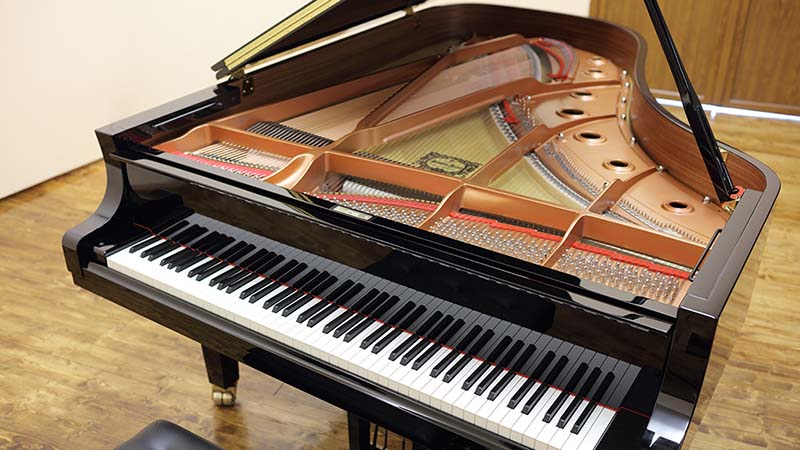
Executing the Move: From Point A to B
Now, the real symphony begins. Moving a piano is about more than just strength; it’s about coordination and rhythm. Everyone involved in the move needs to be in sync to ensure the piano’s safe passage through tight spaces and onto the moving vehicle.
Techniques for Safely Lifting the Piano
When it’s time to lift, everyone should bend from the knees and keep their backs straight—this isn’t just about safety, it’s about control. You’ll want at least four people for an upright piano and even more for a grand. Lift in unison, and move slowly and deliberately. The goal is to keep the piano balanced and avoid any sudden drops or shifts that could cause damage.
Remember to use a dolly or skid board for the actual transport. This will distribute the piano’s weight more evenly and make it easier to control. Secure the piano to the dolly with straps to prevent any unwanted movement.
Navigating Obstacles: Stairs, Turns, and Doorways
Navigating through your home with a piano is like threading a needle with a thread the size of a rope. It’s all about the approach. Take measurements of your doorways, staircases, and turns beforehand to plan your path. Use furniture sliders under the piano’s feet if you need to set it down momentarily.
For stairs, a piano board is invaluable. It allows you to slide the piano up or down with control. And remember, it’s always easier to pull a piano up than to push it, so put your strongest movers at the top when going up, and at the bottom when going down.
Arrival and Setup: Ensuring a Smooth Transition
Once you’ve reached your destination, it’s not over yet. The final stage is just as critical as the first. You need to ensure that your piano is set up properly in its new location to prevent any long-term issues.
Unloading and Positioning Your Piano
Reversing the moving process, carefully unload the piano and place it where it’s meant to go in its new home. Avoid placing it near windows, doors, or vents where it could be affected by drafts, humidity, or direct sunlight. These elements can wreak havoc on your piano’s tuning and woodwork over time.
Tuning and Acclimation Post-Move
After a move, your piano will need time to acclimate to its new environment. Temperature and humidity changes can affect the sound and tuning. Give it a couple of weeks to settle in before calling in a tuner. This waiting period allows the piano to adjust, ensuring a more stable and lasting tune.
Example: If you’ve moved from a dry climate to a more humid one, the wood in your piano will absorb moisture, which can temporarily change the pitch of the strings. Patience is key – let your piano get used to its new home.
Post-Move Care for Your Instrument
Once the move is complete, your job isn’t quite done. Taking care of your piano post-move is just as important as the move itself. For more information, check out our comprehensive guide on tech-enhanced relocation solutions.
Maintaining Piano Condition After Relocation
Regular maintenance is crucial to keep your piano in top condition. Dust it regularly, and consider using a dehumidifier or humidifier to maintain the ideal humidity level. Schedule regular tunings, and if you notice any issues, don’t hesitate to call a professional.
When to Schedule Your Next Professional Tuning
As a rule of thumb, you should have your piano tuned at least once a year. But after a move, it’s wise to schedule a tuning within the first two months – after it’s had time to acclimate. This will help to correct any changes that occurred during the move and keep your piano sounding its best.
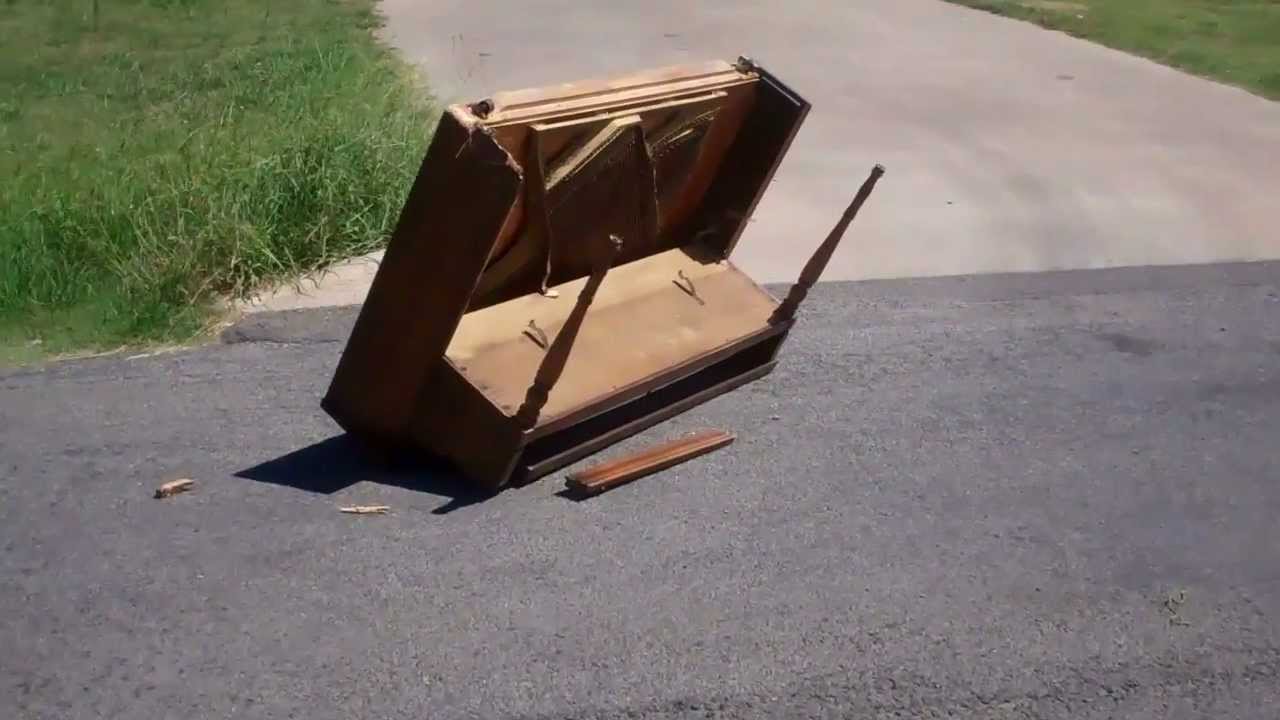
Seek Expert Assistance: Help is Just a Call Away
At this point, you might be thinking that moving a piano is more involved than you anticipated. And you’re right. That’s why so many people opt for professional piano movers. They have the experience, the equipment, and the expertise to ensure that your piano’s relocation is as smooth as a glissando.
If you’re unsure about any step of the process, or if you’d rather leave it to the pros, don’t hesitate to reach out. Professional piano movers can provide you with peace of mind, knowing that your prized instrument is in good hands.
Remember, your piano isn’t just furniture; it’s an investment in your musical journey. Keep it safe and sound by choosing the right movers. Contact us today for your piano moving needs and ensure your piano’s relocation is handled with the care it deserves.
Moving a piano can be a symphony of precision and care, but once the move is complete, the attention to detail doesn’t end there. Post-move care is critical to maintain the instrument’s condition and ensure that the music plays on beautifully for years to come.
|
Aspect |
Professional Piano Mover |
DIY |
|---|---|---|
|
Expertise |
Trained in best techniques for safe and efficient piano moving |
Relies on personal knowledge, may lack expertise in piano moving techniques |
|
Equipment |
Equipped with specialized tools, vehicles, and trained crew |
May lack necessary equipment, requiring rental or improvisation |
|
Safety |
Prioritizes safety with proper lifting techniques and secure transportation |
Risk of injury due to lack of experience and equipment |
|
Time and Effort |
Efficient and quick relocation, saving time and effort for the homeowner |
Time-consuming, physically demanding, potentially leading to delays and stress |
|
Insurance |
Covered by mover’s insurance for any damages during the move |
Homeowner is responsible for any damages incurred during the move |
When deciding between hiring a professional piano mover or opting for a DIY approach, consider factors such as expertise, equipment availability, safety concerns, time constraints, and insurance coverage. Professional movers offer expertise, efficiency, and peace of mind, while a DIY approach may save costs but require significant effort and
Maintaining Piano Condition After Relocation
After the move, it’s important to keep up with regular piano maintenance. This includes controlling the environment around the piano. Keep it away from direct heat sources, cold drafts, and out of direct sunlight, as these can all cause damage over time. Regular dusting and gentle cleaning will also help to maintain the exterior beauty of your instrument.
When to Schedule Your Next Professional Tuning
It’s generally recommended to schedule a professional tuning at least once a year, but after a move, you should plan to have your piano tuned within the first two months. This gives the instrument time to acclimate to its new environment, as changes in temperature and humidity can affect the strings and soundboard.
Contact Us Today for Your Piano Moving Needs
If you want to ensure your piano’s relocation is as smooth as its melodies, contact us today. Our team of professional piano movers is ready to provide you with top-notch service, ensuring that your piano is handled with the care and expertise it deserves. Don’t take the risk of moving it alone—let us help you hit the right note with your piano’s move.
FAQ
Finally, let’s address some common questions you might have about piano moving:
How to Assess if a Piano Can Be Moved Through Stairs?
To determine if a piano can be moved through stairs, you’ll need to consider the size and type of the piano, the width and structure of the stairway, and the availability of proper moving equipment. If in doubt, professional movers can provide an assessment and plan the best approach.
What Kind of Moving Insurance is Needed for a Piano?
When moving a piano, it’s wise to have full-value protection insurance, which covers the piano’s replacement value in case of damage. Discuss insurance options with your moving company to ensure your piano is fully protected.
How Long Should I Wait to Tune My Piano After Moving?
Wait about two to four weeks after moving your piano to have it tuned. This allows the instrument to acclimate to its new environment, resulting in a more stable and accurate tuning.
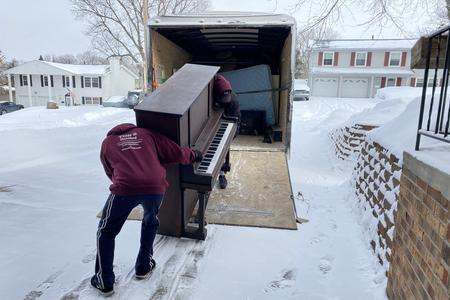
Can I Move a Piano in Any Type of Weather?
Pianos can be sensitive to extreme temperatures and humidity. If possible, avoid moving a piano in harsh weather conditions. If it’s unavoidable, ensure your piano is well-protected and that the moving vehicle is climate-controlled.
What Should I Look for When Choosing a Piano Moving Service?
When selecting a piano moving service, look for:
-
Experience with piano moving specifically.
-
Positive reviews and testimonials from previous customers.
-
Proper insurance and licensing.
-
Clear communication about the moving process and costs.
Choosing the right piano moving service will ensure your instrument arrives safely and is ready to fill your new space with music.



